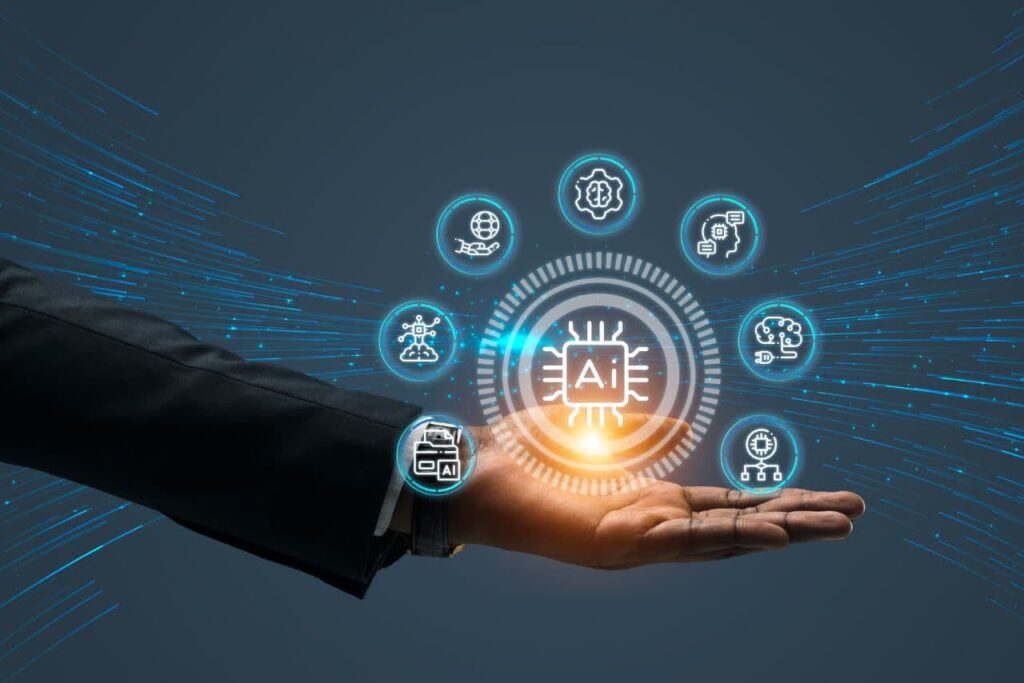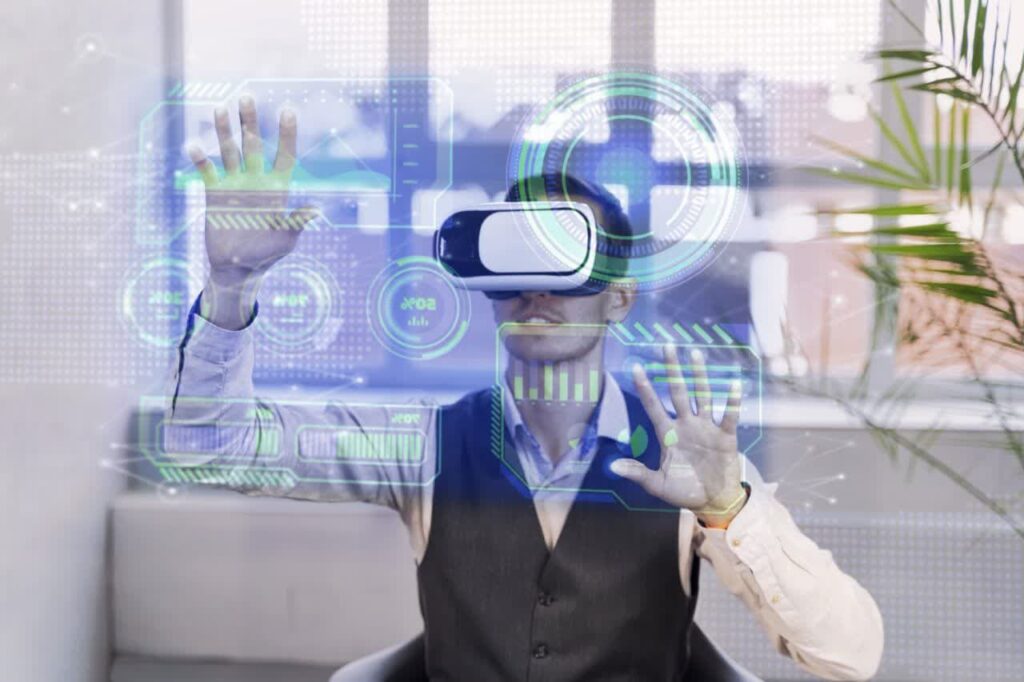The evolution of technology from analog to digital represents a transformative journey that has profoundly impacted various facets of human life. The analog era, characterized by continuous signals and physical mechanisms, laid the groundwork for innovations that would shape the digital landscape we navigate today.
Analog Foundations
The analog era, spanning much of the 20th century, was defined by technologies such as vinyl records, analog cameras, and traditional telephones. These devices operated on continuous signals and mechanical components, translating information through physical processes. While analog technologies provided the foundation for communication and entertainment, they also had limitations in terms of fidelity, storage, and efficiency.
Digital Revolution
The advent of digital technology marked a revolutionary shift, introducing discrete signals and encoding information in binary form. The digital era, propelled by advancements in computing, telecommunications, and data storage, brought forth a new wave of possibilities. Digital devices, such as computers, smartphones, and digital cameras, leverage binary code to represent and process information with unparalleled precision and speed.
Impact on Communication
The transition from analog to digital significantly impacted communication. Analog telephony gave way to digital communication technologies like VoIP (Voice over Internet Protocol) and instant messaging. The internet became a global platform for exchanging information, connecting people, and fostering digital communities.

Digitalization: Opening Doors to Knowledge
In the age of digitalization, the world is witnessing a profound democratization of knowledge. The internet acts as a vast repository, offering a plethora of educational resources and diverse perspectives accessible to anyone with a connection. Social media platforms enhance this accessibility by fostering global communities of learners, facilitating the exchange of ideas, and creating collaborative spaces for knowledge-sharing.
The transformation of education through digital tools, online courses, and virtual classrooms further accelerates this democratization. From interactive learning experiences to open-access resources, digitalization has not only made education more flexible but has also empowered individuals to pursue diverse subjects at their own pace. The doors to knowledge, once confined by geographical and institutional boundaries, are now wide open, inviting people from all walks of life to engage, learn, and contribute to the ever-expanding landscape of human understanding.
Media and Entertainment Transformation
The evolution from analog to digital transformed the media and entertainment landscape. Analog television and radio made room for digital streaming services, high-definition television, and immersive virtual experiences. The digitization of content not only enhanced quality but also democratized access, allowing users to consume and create content on a global scale.
Money Digitalization
Money digitization represents a seismic shift in the traditional paradigms of finance, ushering in a new era of digital currencies, online transactions, and decentralized financial systems. As societies increasingly move away from physical cash, opting for digital forms of currency, the implications for individuals, businesses, and governments are profound. Digital payment platforms and cryptocurrencies have emerged as frontrunners in this transformation, offering speed, convenience, and borderless transactions. From mobile payment apps to blockchain-based cryptocurrencies like Bitcoin, the digitization of money has paved the way for financial inclusion, enabling individuals in underserved regions to access banking services and participate in the global economy
Data Storage and Processing
Digital technology revolutionized data storage and processing capabilities. Magnetic tapes and physical archives were replaced by digital storage solutions, enabling vast amounts of information to be stored in compact devices. Cloud computing emerged as a paradigm, offering scalable and accessible data storage and processing resources.
Emergence of Smart Technologies
The integration of digital technologies with artificial intelligence gave rise to smart devices and systems. Smartphones, smart homes, and wearable technologies leverage digital intelligence to enhance daily life, providing unprecedented levels of connectivity, efficiency, and personalization.
AI in Digitalization
Artificial Intelligence (AI) stands as a driving force in the realm of digitalization, propelling the transformation of various sectors with its capabilities. In the context of knowledge accessibility, AI plays a pivotal role in enhancing search algorithms and recommendation systems, tailoring information to individual preferences and learning patterns. This intelligent personalization not only simplifies the discovery of relevant content but also fosters a more efficient and personalized learning experience.

Moreover, AI contributes significantly to the automation of educational processes. Smart tutoring systems, powered by AI algorithms, can provide personalized learning paths, adapting to the strengths and weaknesses of individual learners. This not only aids in addressing diverse learning needs but also optimizes educational resources. In broader applications, AI-driven data analytics facilitates insights into educational trends, helping institutions refine curricula and teaching methodologies. The synergy of AI and digitalization is reshaping the landscape of knowledge dissemination, making learning more adaptive, data-driven, and responsive to the evolving needs of the digital age.
Challenges and Opportunities
While the digital era brings numerous advantages, it also poses challenges such as cybersecurity threats, digital divides, and ethical considerations. Navigating this complex landscape requires continuous innovation, regulation, and a commitment to addressing societal implications.
Drawbacks of Digitalization
While digitalization has brought about unprecedented advancements and efficiencies, it also comes with its share of drawbacks that warrant careful consideration.
Cybersecurity Concerns
As digital systems become increasingly integral to daily life, the risk of cybersecurity threats grows. Cyberattacks, ranging from data breaches to ransomware attacks, pose a significant challenge. The protection of sensitive information and the resilience of digital infrastructure become paramount concerns in the face of evolving cyber threats.
Privacy Issues
The digitization of personal data raises profound privacy concerns. From online transactions to social media interactions, individuals constantly generate digital footprints. Striking the right balance between innovation and safeguarding personal privacy becomes crucial as governments and businesses collect, analyze, and share vast amounts of personal information.
Digital Divide
While digitalization offers immense opportunities, a digital divide persists globally. Disparities in access to technology and digital skills can create social and economic inequalities. Those without access to digital resources may find themselves excluded from educational, economic, and social opportunities, widening existing gaps in society.
Job Displacement and Skills Gap
Automation and artificial intelligence, integral to digitalization, have the potential to automate certain jobs, leading to job displacement in some sectors. Additionally, there is a growing gap between the skills demanded by the digital job market and the skills possessed by the workforce. Bridging this skills gap becomes essential to ensure the workforce is equipped for the jobs of the digital future.
Overreliance on Technology
A drawback of digitalization is the potential overreliance on technology in various aspects of life. Dependency on digital tools for communication, decision-making, and problem-solving may diminish critical thinking skills and human-centric approaches. Striking a balance between leveraging technology and maintaining essential human skills is crucial.

Environmental Impact
The environmental toll of digitalization, often overlooked, includes the production and disposal of electronic devices. E-waste, composed of discarded electronic equipment, poses environmental hazards if not managed responsibly. The energy consumption associated with data centers and digital infrastructure also contributes to the carbon footprint, emphasizing the need for sustainable digital practices.
Feelings and Emotions
Digitalization has also redefined the nature of interpersonal connections and relationships, shaping the way people form and maintain emotional bonds. Social media platforms provide spaces for sharing personal experiences, milestones, and daily emotions, creating a virtual tapestry of individuals’ lives. However, this digital connectivity can sometimes bring about feelings of isolation or comparison, as individuals navigate curated online personas and grapple with the impact of constant connectivity on their emotional well-being. The digital age has, therefore, introduced both opportunities and challenges in the realm of emotions, altering the dynamics of human connection and self-expression.
As society continues to navigate the digital frontier, addressing these drawbacks becomes essential for fostering a digitally inclusive and responsible future. Mitigating cybersecurity risks, safeguarding privacy, addressing inequalities, and promoting digital literacy are key components of a comprehensive strategy to harness the benefits of digitalization while minimizing its negative impacts.
Conclusion
In tracing the evolution from analog to digital, it becomes evident that technology is a dynamic force shaping the course of human progress. The digital era not only transformed the way we communicate, work, and entertain ourselves but also opened the door to new possibilities, laying the foundation for the continued evolution of technology in the years to come.

